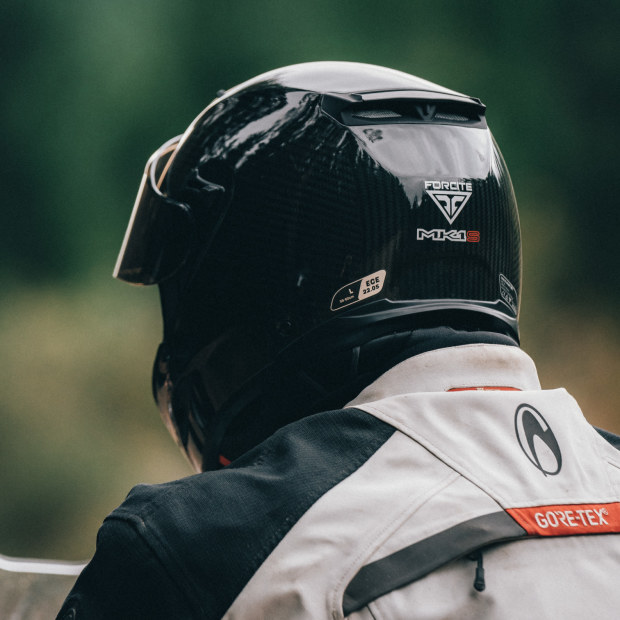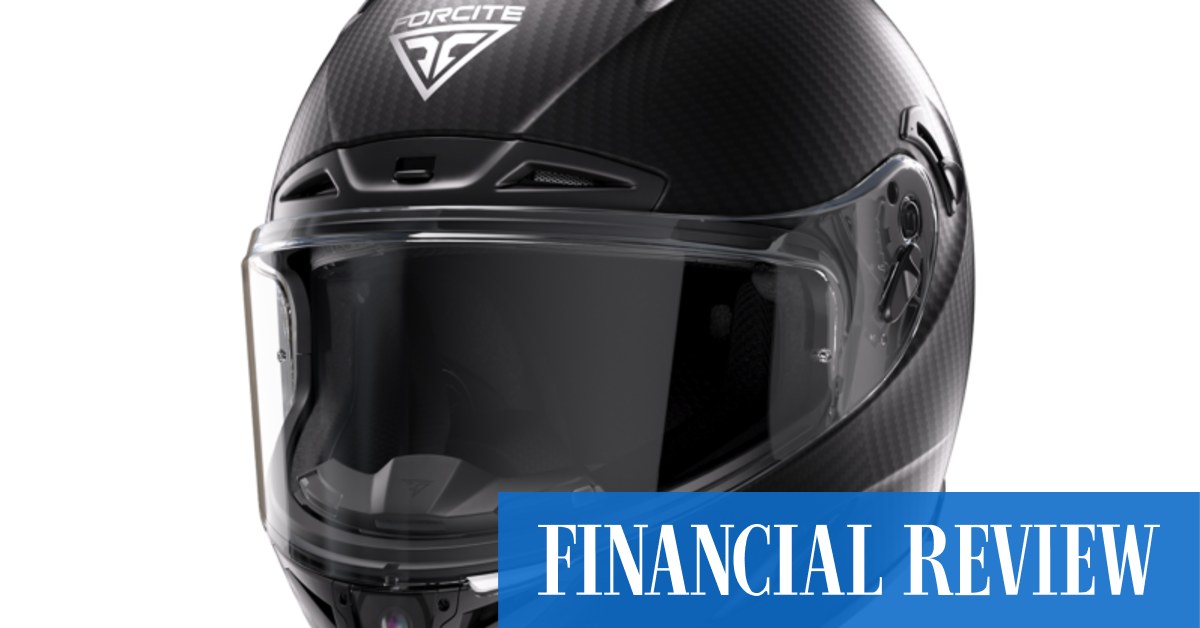When Alfred Boyadgis hit an oil slick a few years ago and smashed his motorcycle, the mounting on his helmet camera acted like a lance. He punched into the side of his helmet and he was lucky to escape serious injury.
Boyadgis wondered why the camera couldn’t be built into the helmet. Indeed, in such a smart world, why was his helmet so dumb? Why couldn’t it have warned him of that hazard and helped keep him out of an accident, rather than just protect him once he was in one?

The Forcite helmet: the name means being able to predict what is about to happen on the road.
Boyadgis teamed up with fellow industrial designer Julian Chow in Sydney and, after nearly 100 prototypes, they launched the Forcite helmet, which is now attracting interest around the world. It has a built-in camera, along with recording equipment, speakers, microphone and an innovative information system using colored lights and audio that is claimed to be far less distracting than projecting information onto the viewer.
“The company is called Forcite,” says Boyadgis, “because it’s all about having that future vision about what’s going to happen next along the road.”

Force is working in tandem with motorcycle brands to enhance the helmet’s safety features.
The latest version of the helmet can record trip details and incidents, warn of hazards ahead (though not oil slicks, yet), and indicate when to turn left or right without the rider looking down at a screen.
Thanks to the over-the-air updates, it is hoped to incorporate vehicle-to-vehicle communication, and car-like features such as blind spot and collision warning systems. Force is working with motorcycle manufacturers to link these upcoming systems.
